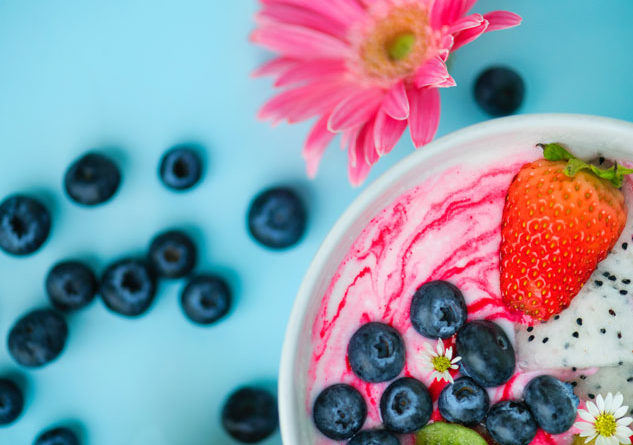BPT
The expanded variety of health and wellness options available today can be confusing for consumers who are trying to learn all they can to make the most informed, healthy choices for themselves and their families.
Below, Dr. Nicole Avena, assistant professor of neuroscience at Mount Sinai School of Medicine and visiting professor of health psychology at Princeton University, explains six popular nutrition trends including sustainable snacks, new plant-based milks, prebiotics and probiotics and the latest on gummy supplements vs. traditional vitamins:
1. When it comes to a caffeine buzz, choose matcha over coffee. A premium green tea powder from Japan, matcha is used for drinking as tea or as an ingredient in recipes. While coffee and matcha have about the same amount of caffeine, matcha packs lots of great antioxidants. Check the label to make sure it has been tested for heavy metals, as some matcha can contain lead from the soil where it was grown.
2. Shelf-stable probiotics have some advantages over refrigerated. Only two strains of probiotics are shelf-stable, whereas different and diverse strains can be present in refrigerated probiotics. But, shelf-stable probiotics have the advantage that they can be used in other food products, like granolas, butter, soups, etc. Just don’t mess with the packaging or open blister packs until you want to use them, as they are packed for preservation. Dead probiotics won’t harm you, but they don’t have any health benefits either. Remember there are different probiotic strains for different issues: i.e., you don’t want to take a digestive or immunity probiotic for vaginal health issues. Instead, try Pro-B as it contains two strains of lactobacilli, which are optimal to promote vaginal health.
3. Algae oil trumps fish oil and olive oil. Algae oil is vegetarian and a source of omega-3s and DHA (good fats to support brain health). Algae oil is safe to use in pregnancy (when eating too much fish can be harmful because of mercury) and is heart healthy (studies show it lowers cholesterol and triglycerides). It also has more monounsaturated fat than olive oil.
4. Cow’s milk is healthier than almond milk. Despite its popularity, almond milk often has less than 2 percent actual almonds in it, has a lot of added sugar, and is not necessarily better for the environment because it takes five liters of water to grow one almond.
5. 1000 mcg’s of Folate with vitamin D and calcium is essential in a prenatal vitamin. The nutrients in your prenatal vitamins are crucial pre- and postpartum, especially if you are breastfeeding.
6. Gummy vitamins are just as effective as pills and chewables. The best way to get needed nutrients is through food, but, people don’t always have eating habits that provide them with all the nutrition they need. Others have deficiencies that diet alone can’t resolve. Supplements can fill the gap, but people are more likely to take their supplements regularly if they taste good and they’re convenient. Pills require a liquid to take them with, they’re not tasty and sometimes leave an unpleasant aftertaste! Gummies can be a good option, and clinical tests show that their absorption is equivalent or better than traditional vitamin pills.
Nicole Avena, Ph.D., is a research neuroscientist and pioneer in the field of food and nutrition. She is also the author of What to Eat When You’re Pregnant.






